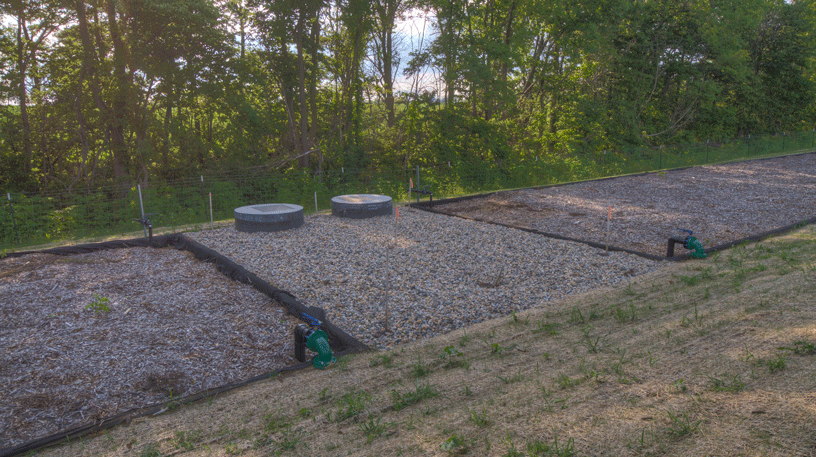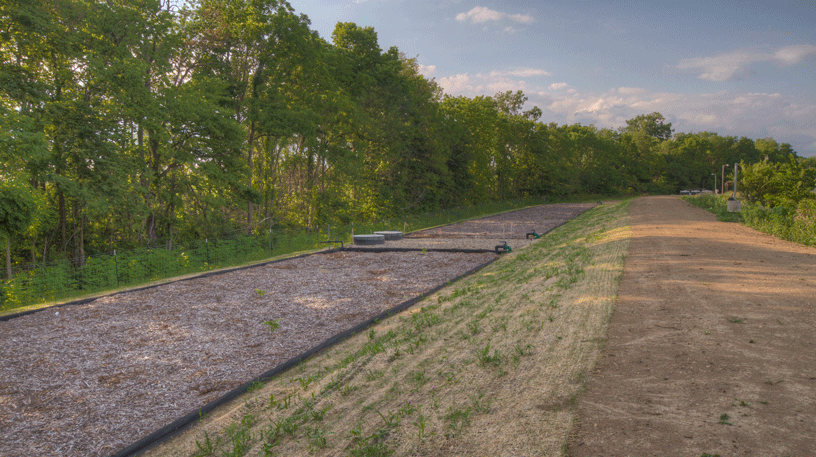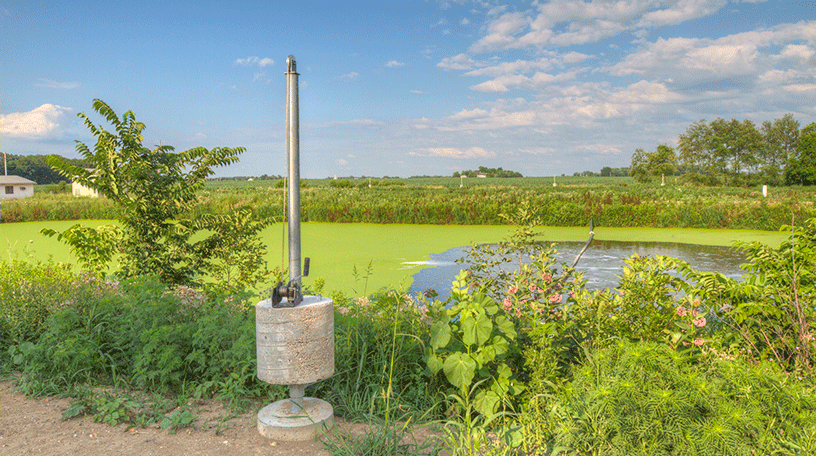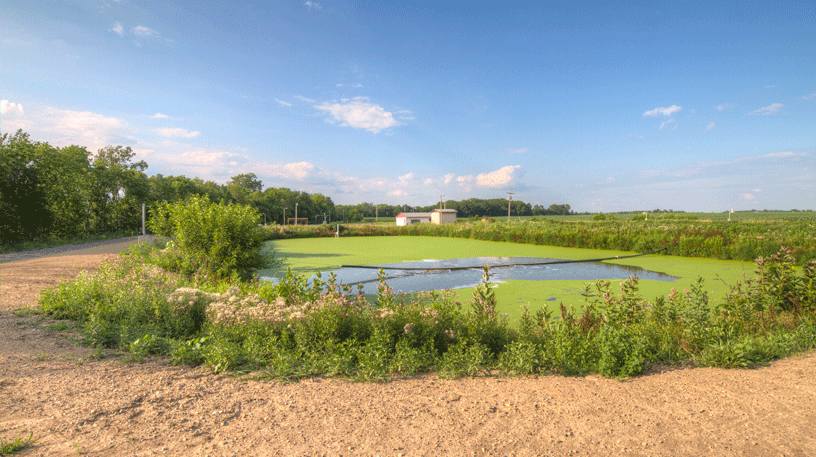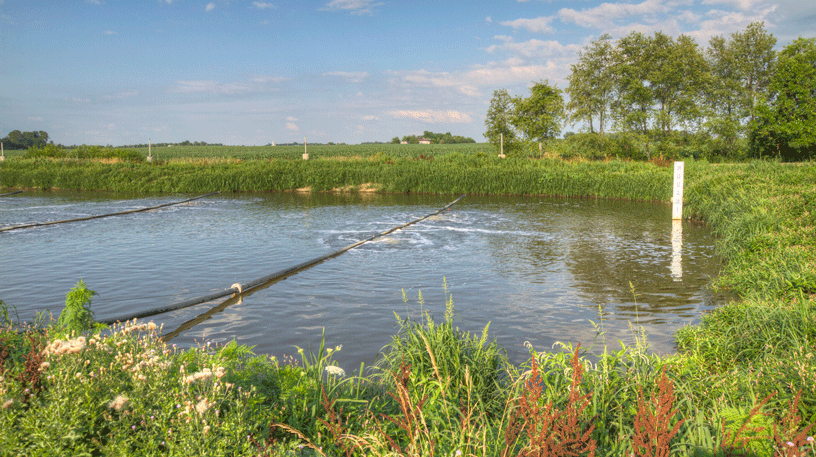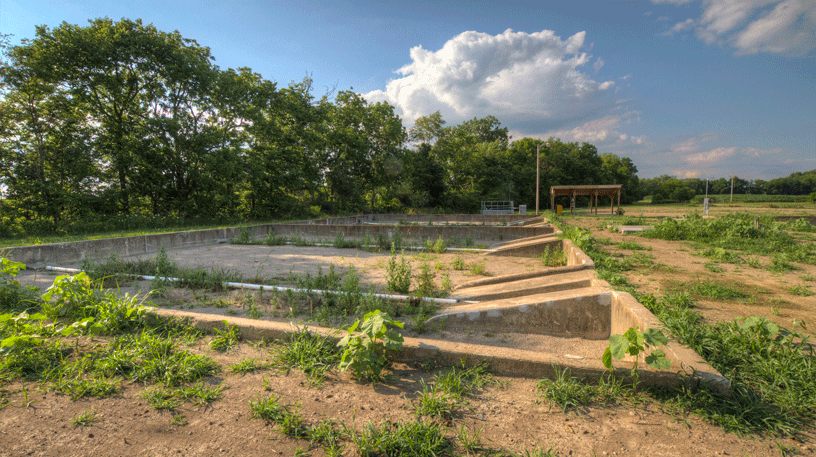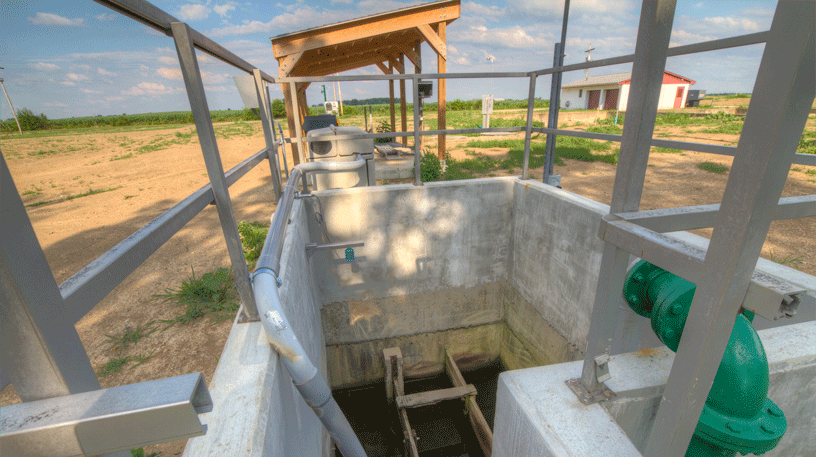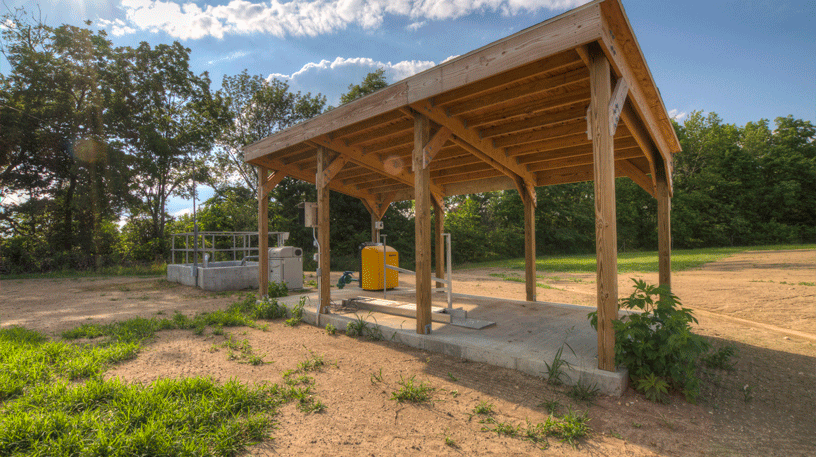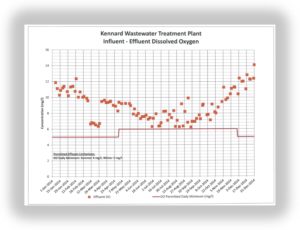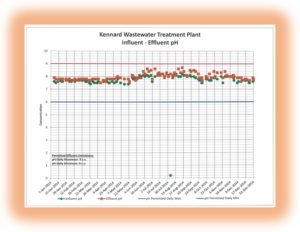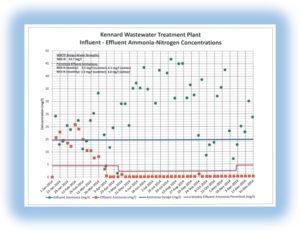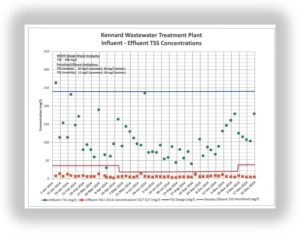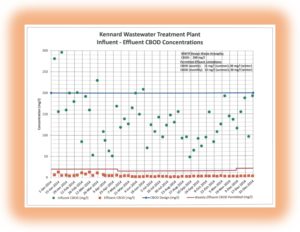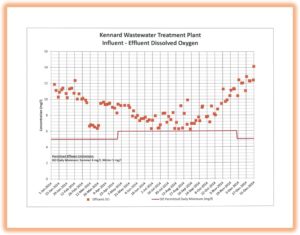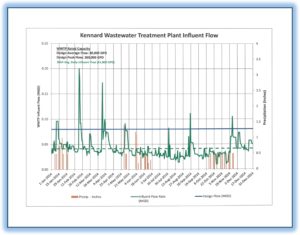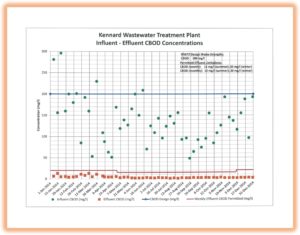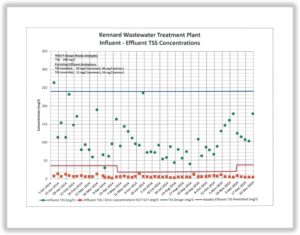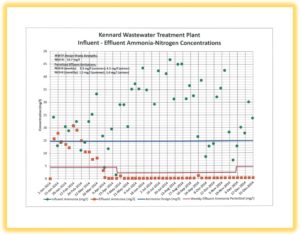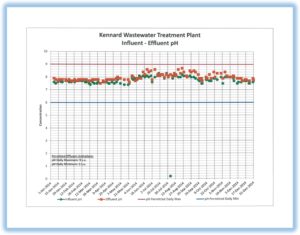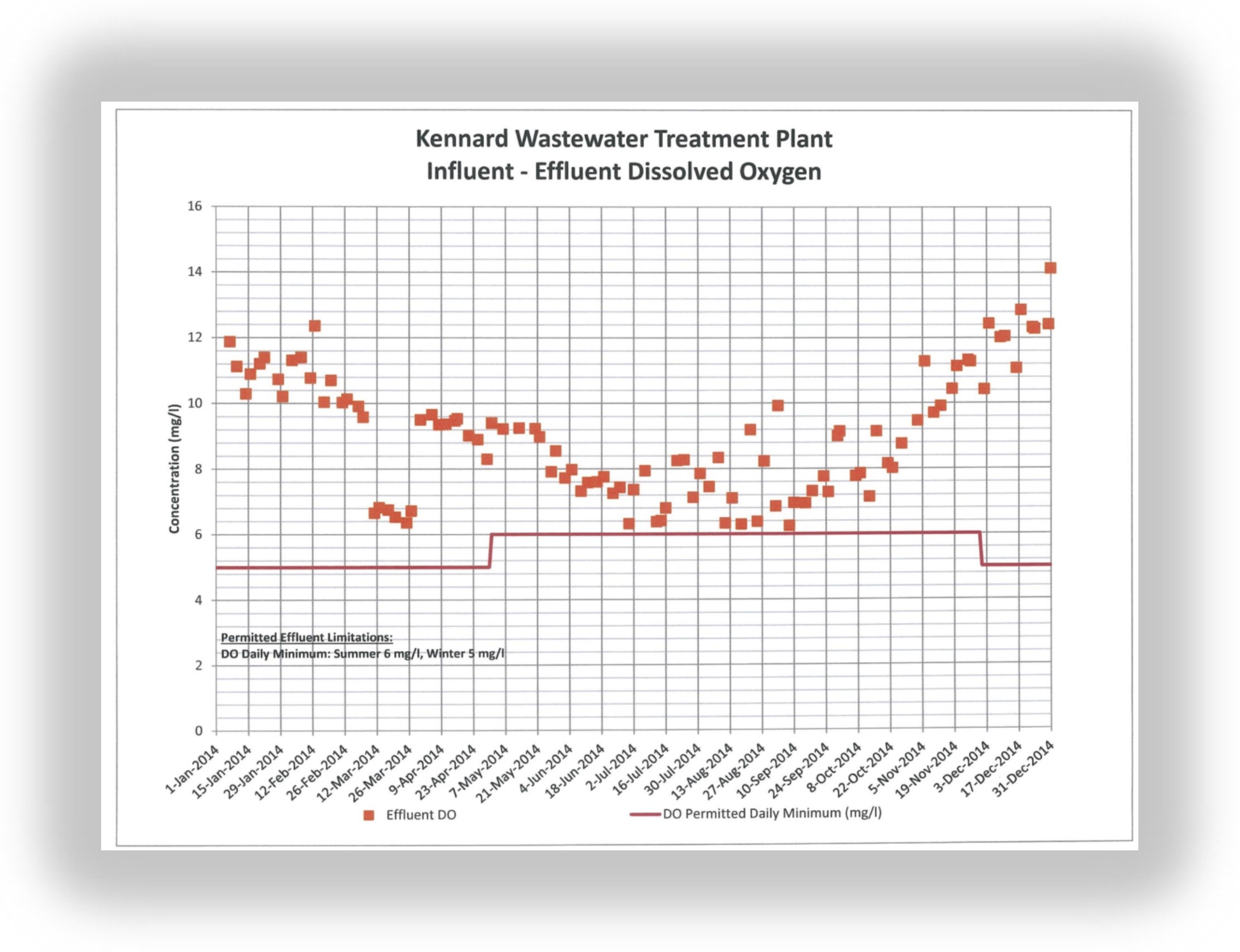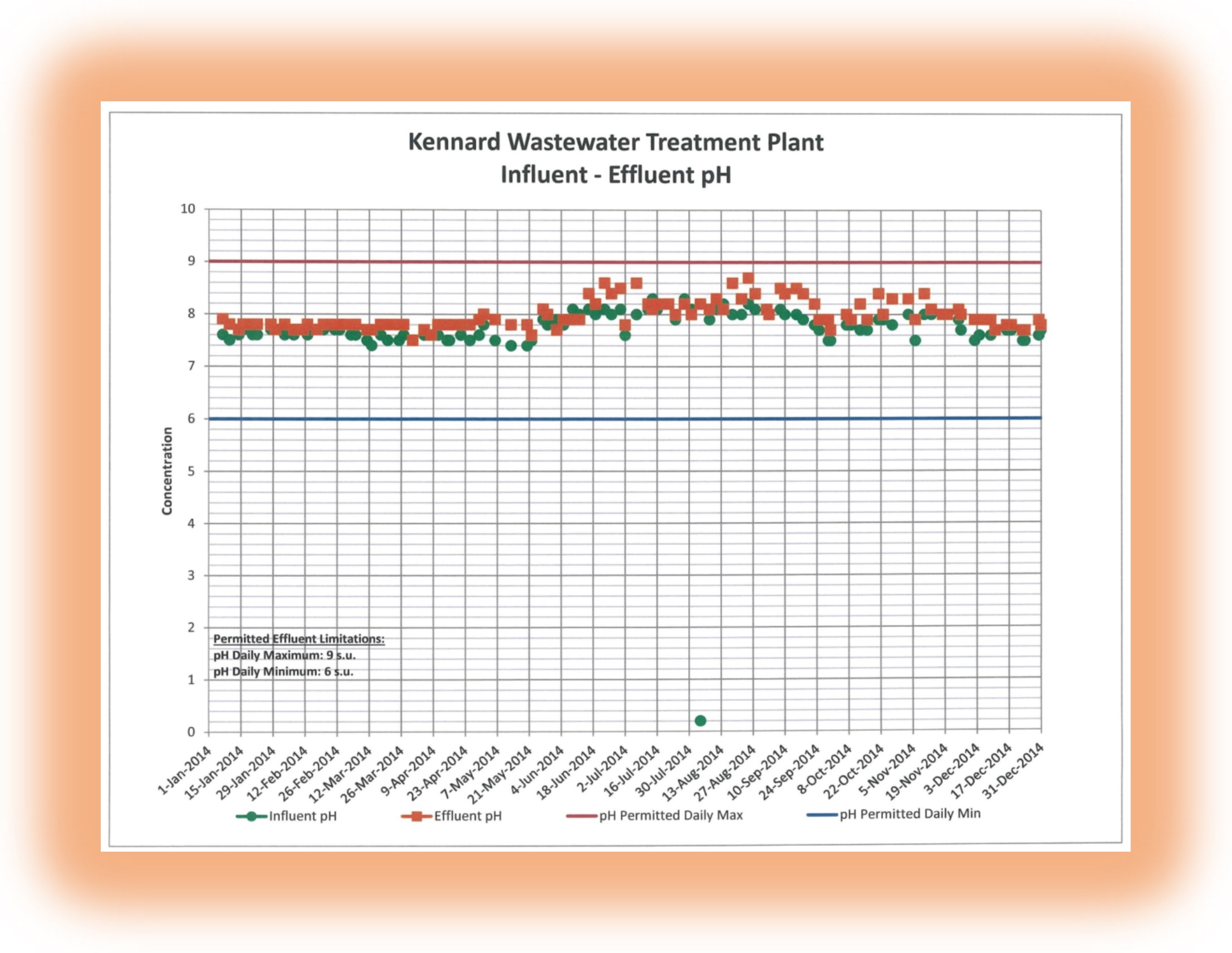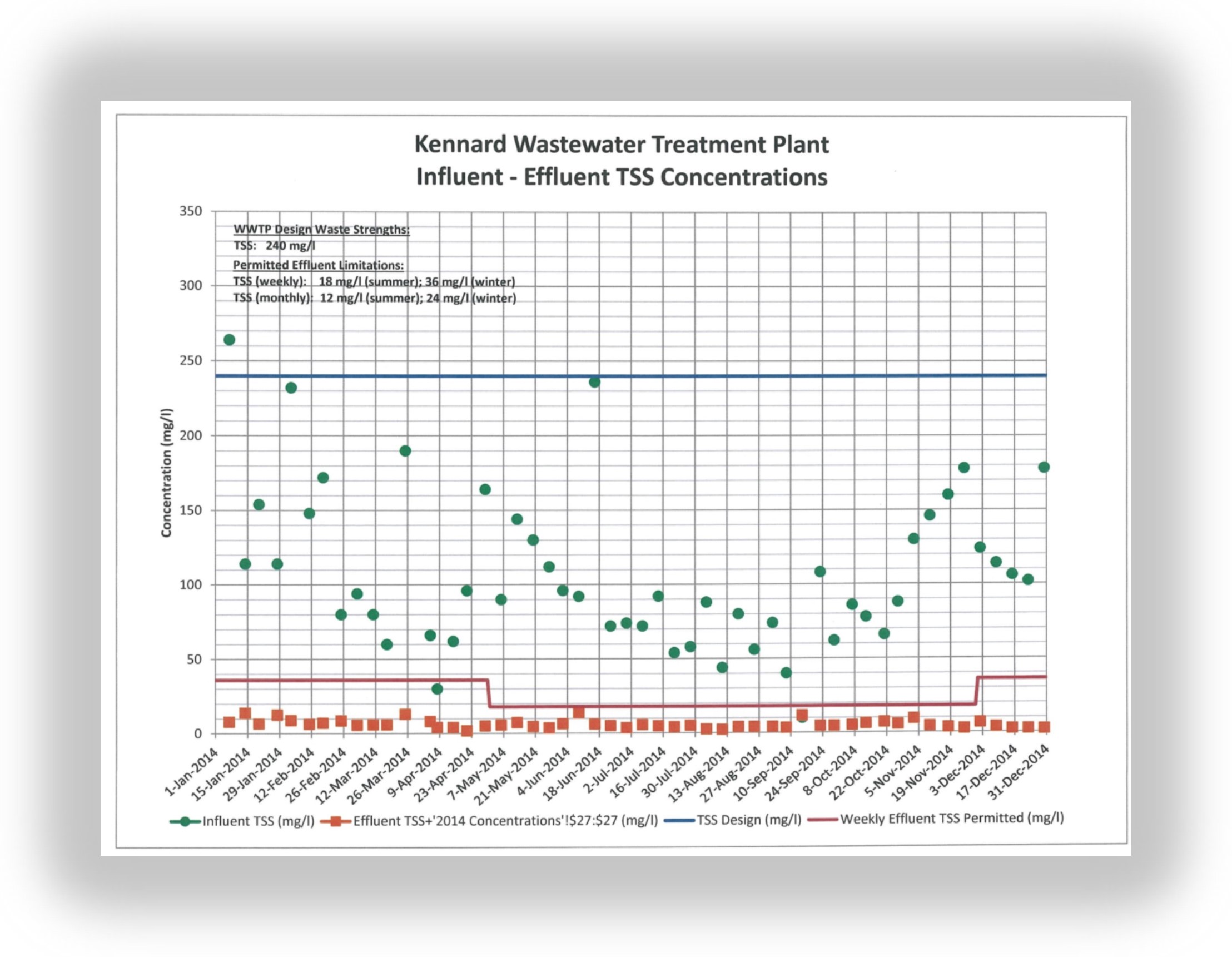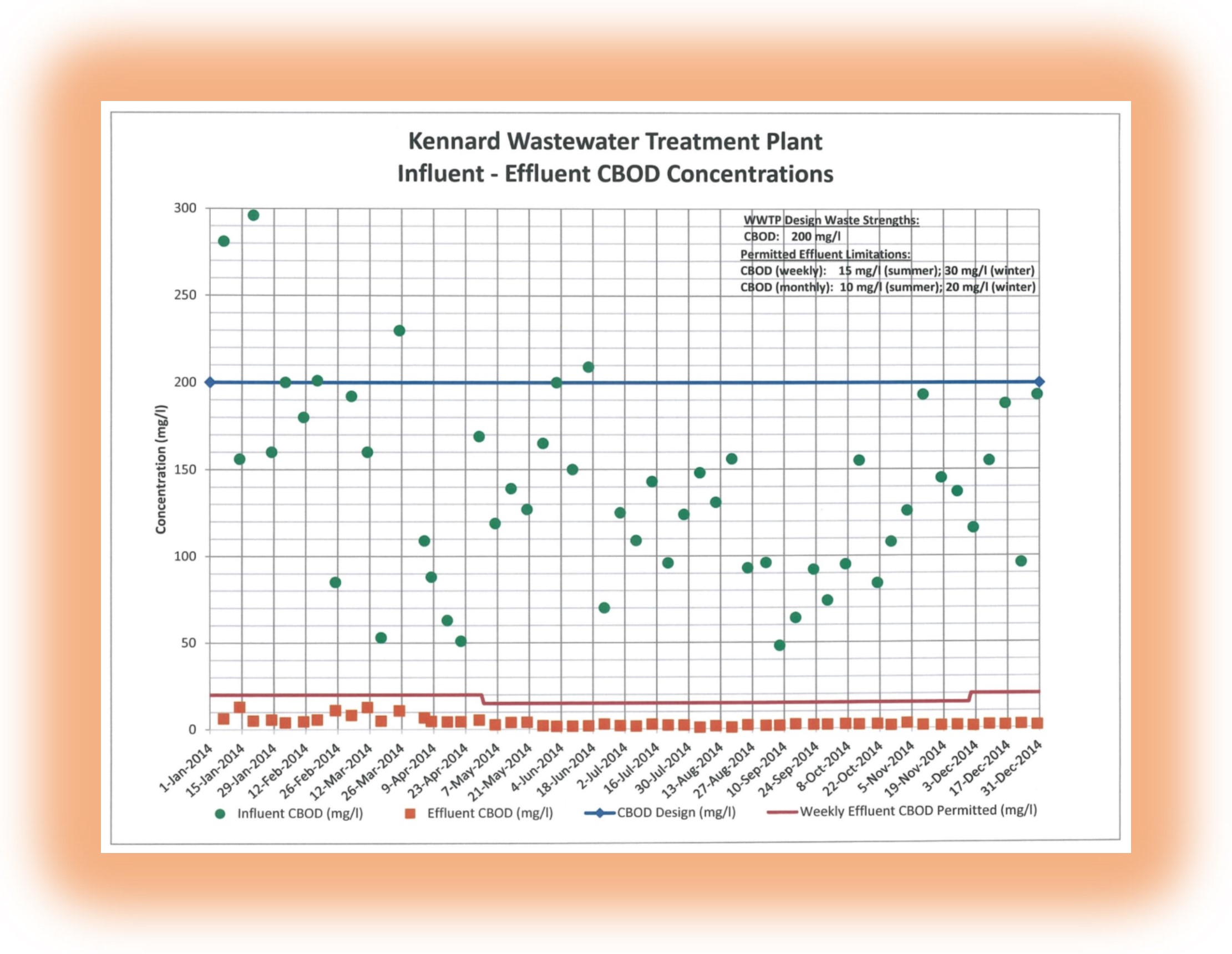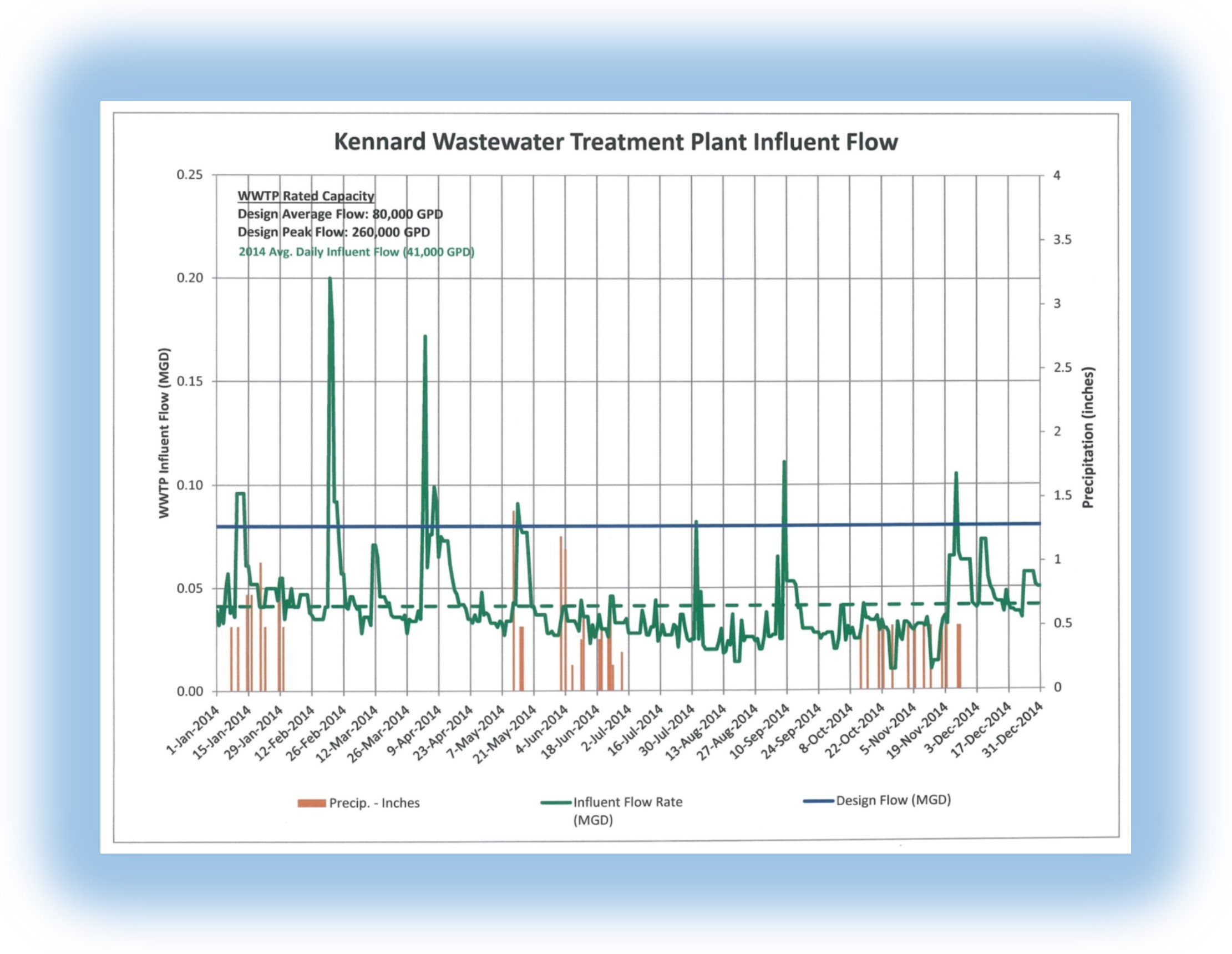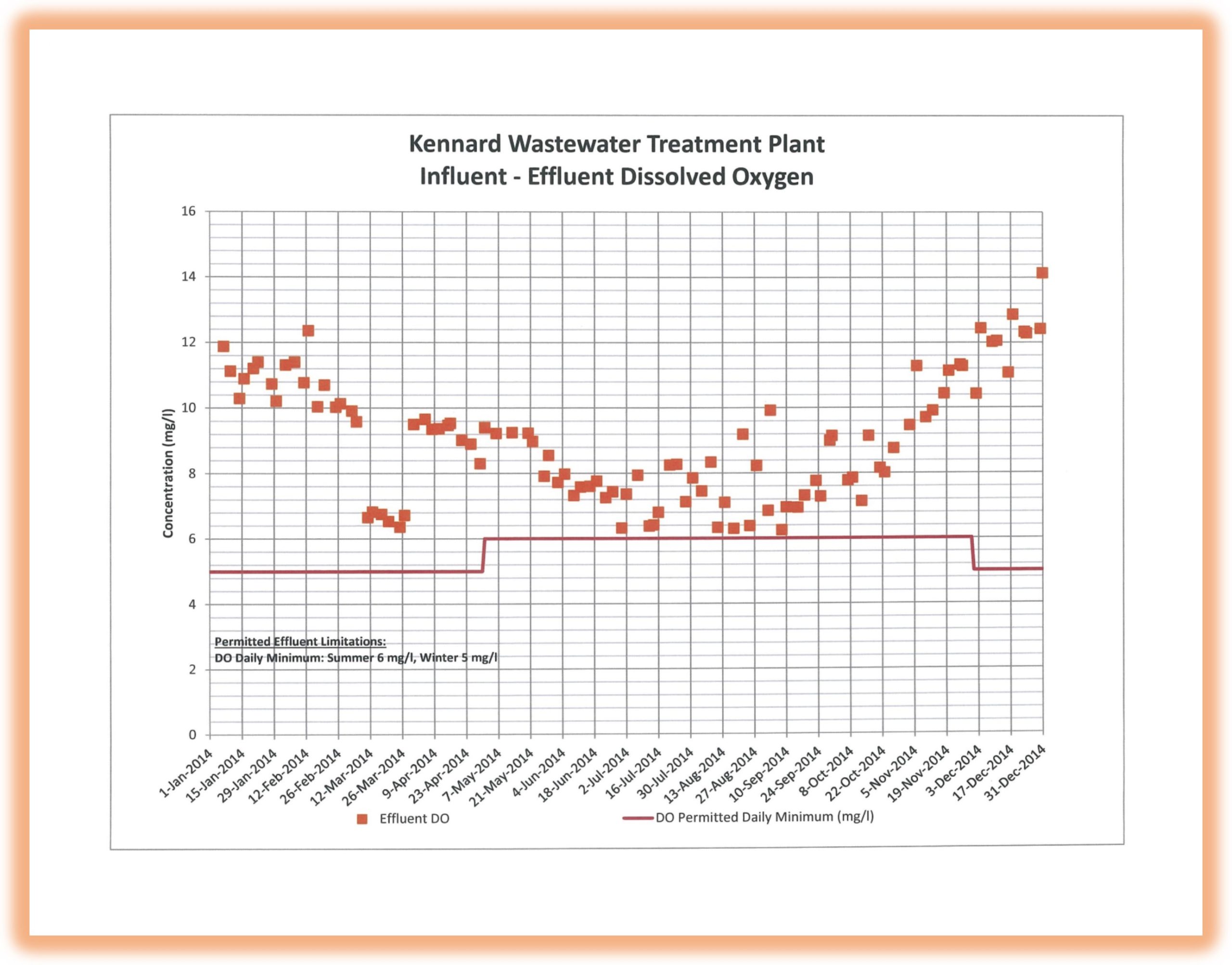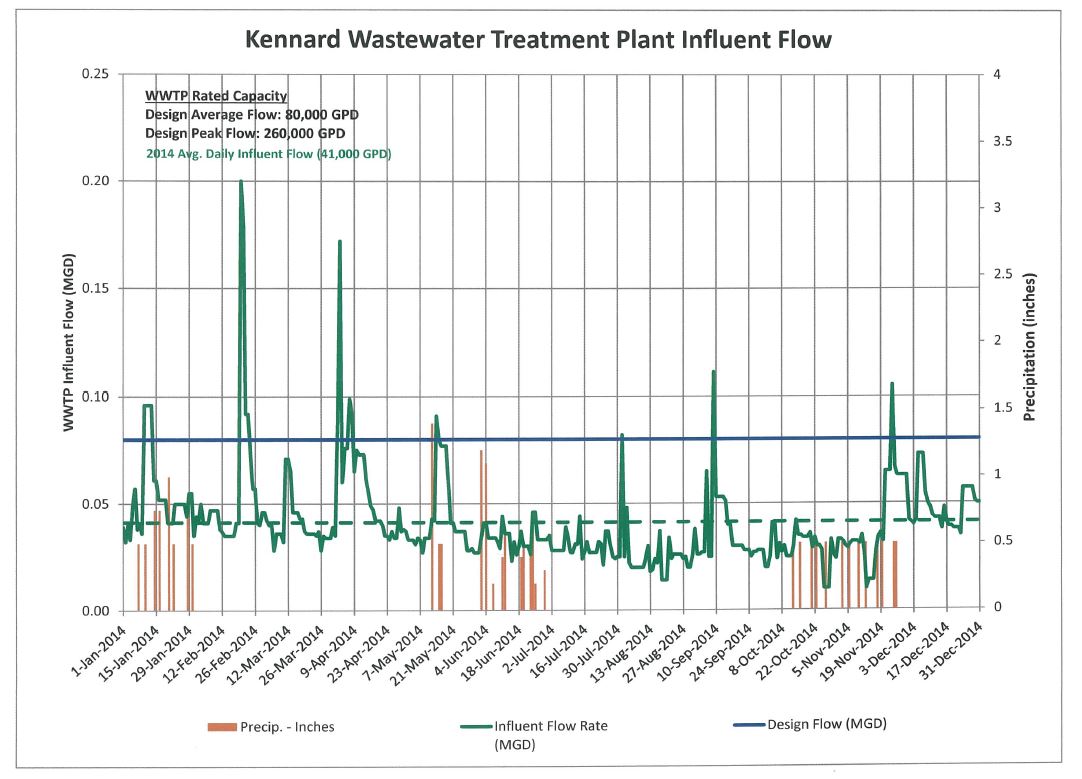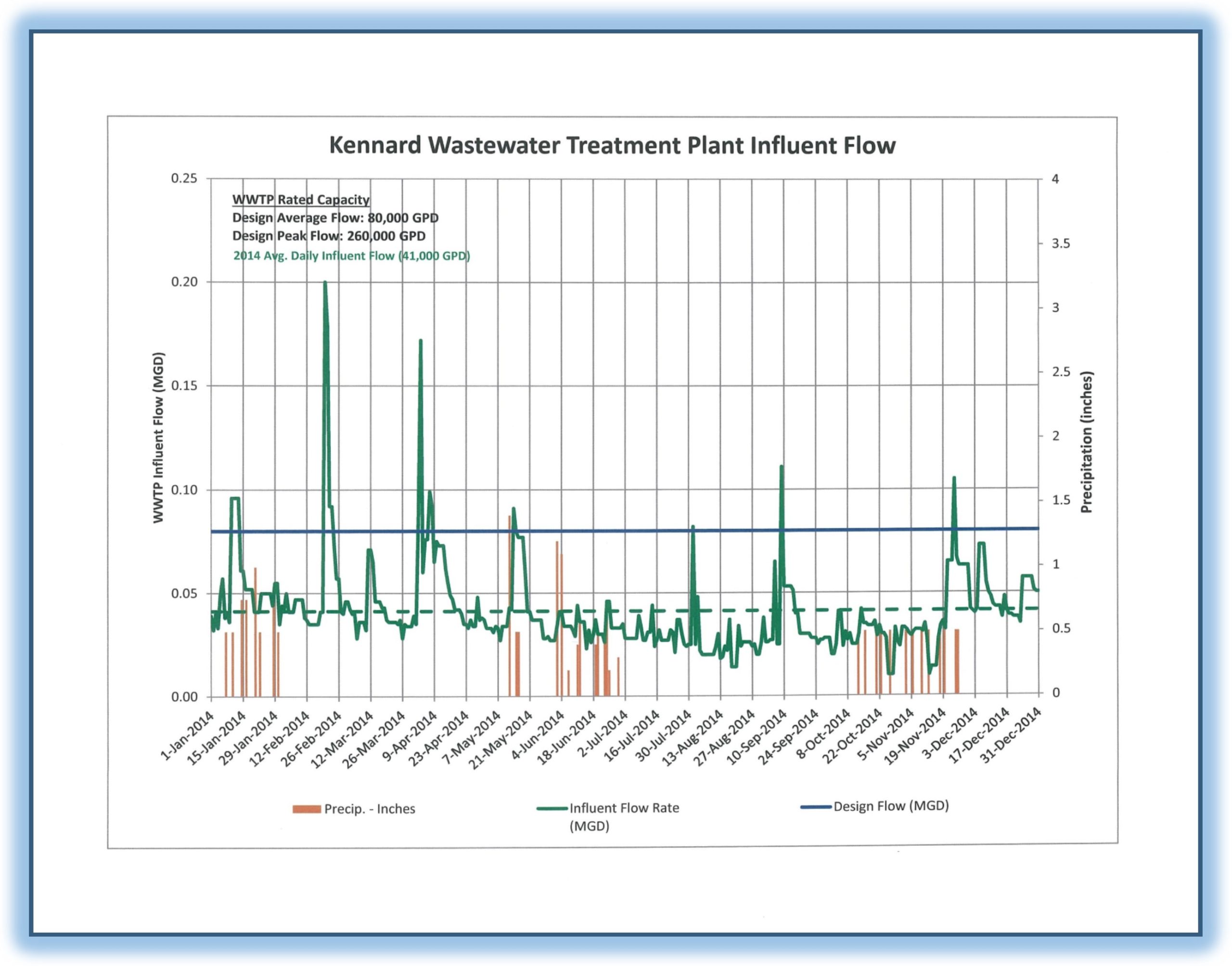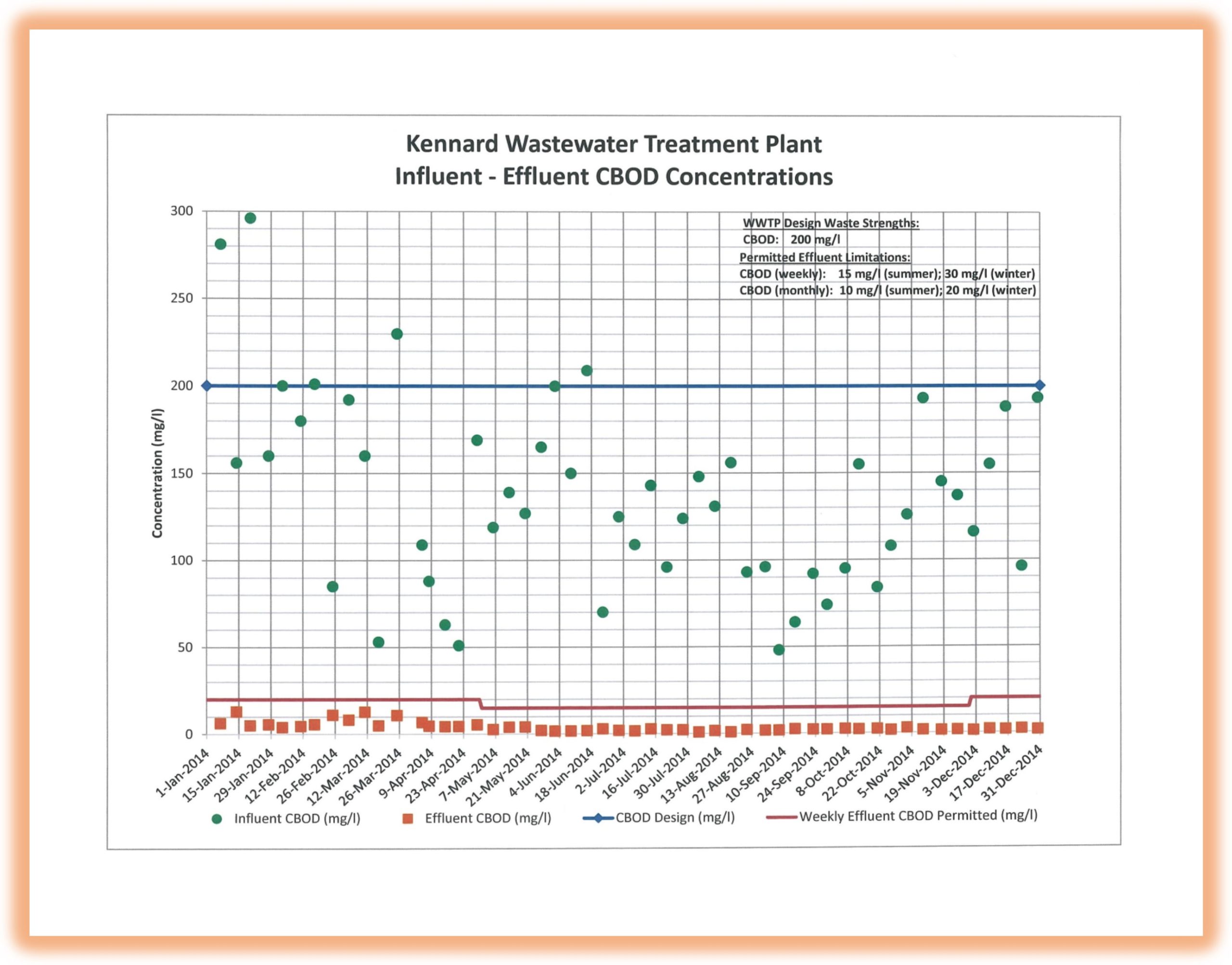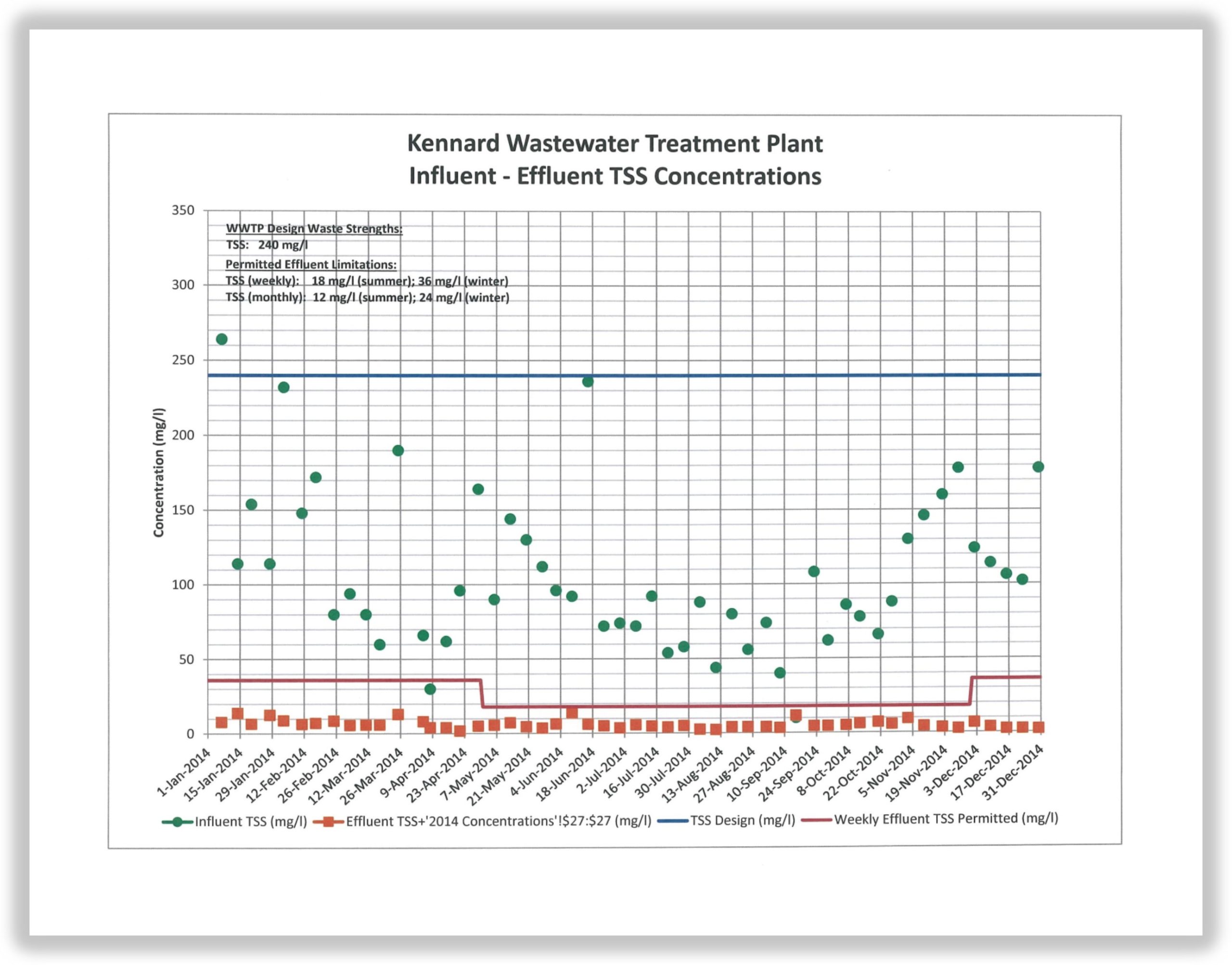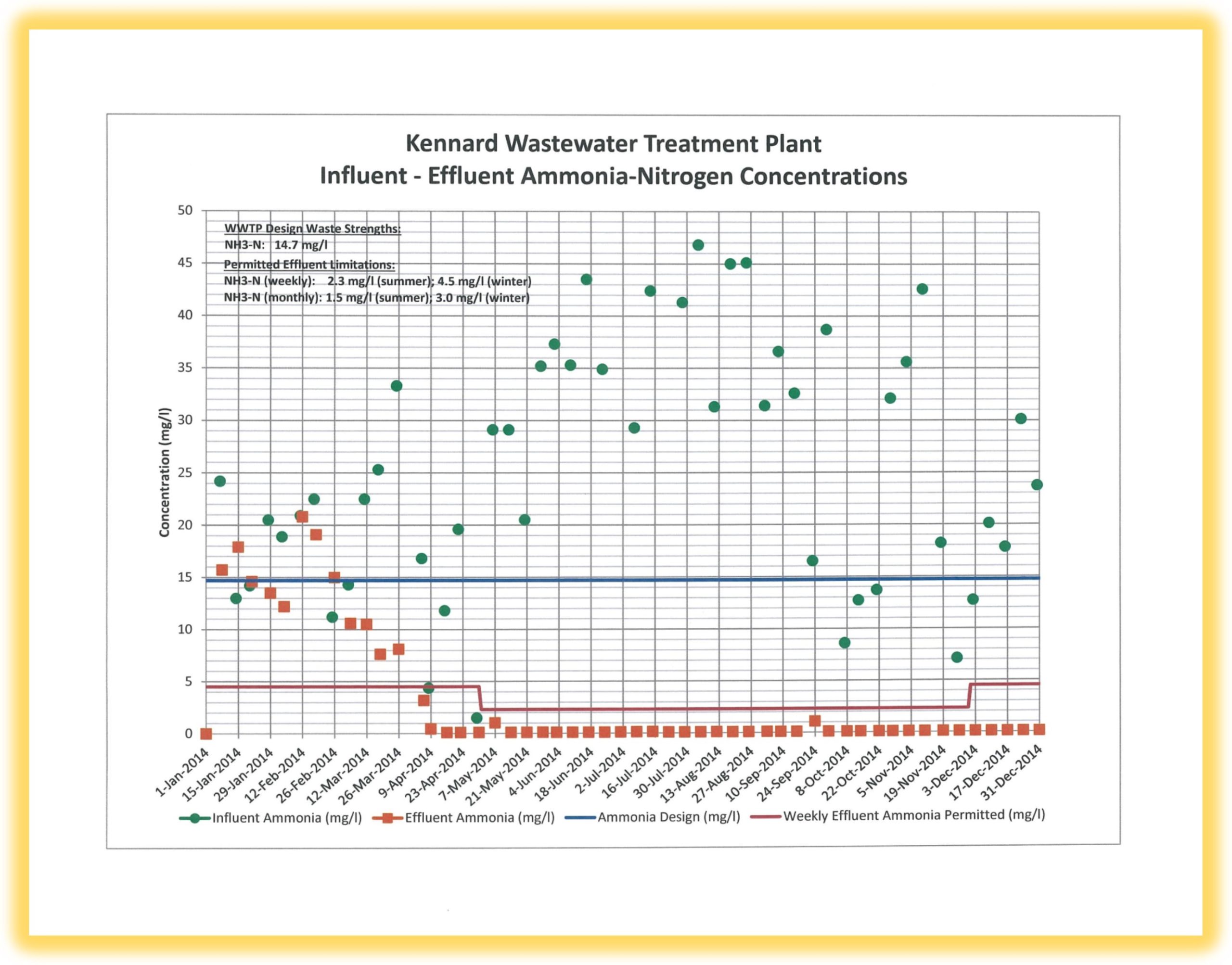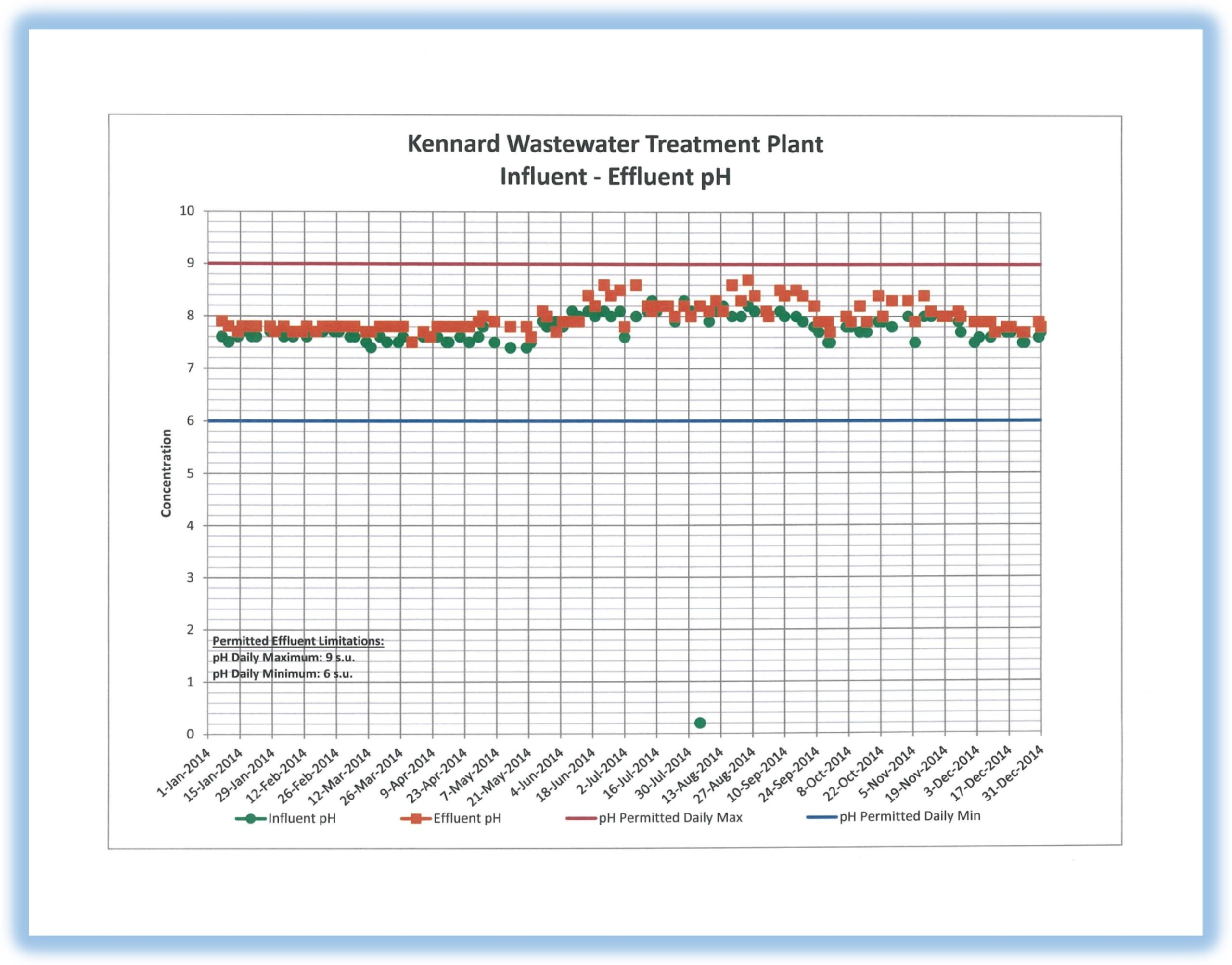Wastewater Improvements Project
Town of Kennard, Indiana
This wastewater project included both improvements to the existing sanitary collection system and the wastewater treatment plant. Collection system improvements consist of approximately 18,500 lineal feet of sanitary sewer rehabilitation and the rehabilitation of 65 manholes. Rehabilitation was achieved through the application of various technologies, inclusive of cured-in-place pipe for sewer rehabilitation and cementitious liner for manhole rehabilitation. Wastewater facility improvements include new lagoon aeration equipment and a new submerged attached growth reactor (SAGR) system at the treatment plant to address ongoing effluent BOD, TSS, and ammonia nitrogen issues. Other constructed wastewater plant improvements include lagoon sludge removal prior to installation of new aeration equipment, replacement of the existing comminutor and influent pumps, replacement of lagoon effluent pumps, rehabilitation of the tertiary sand filters inclusive of media replacement, new ultraviolet light disinfection system, new post aeration system, new influent and effluent flow meters, electrical and instrumentation and controls upgrades, and miscellaneous valve replacements.
Project Highlights
- 40-50% Reduction in Infiltration Inflow Achieved!
- 75% of Project Costs are Funded through the USDA Rural Development Grant!
- First Permitted Application of a Submerged Attached Growth Reactor (SAGR) for a High Strength Domestic Waste Water Application Treating to Best Available Demonstrated Control Technologies (BADCT) in the State of Indiana.
Project Performance Update
The Kennard, Indiana WWTP was brought online in December 2013, with the official project’s substantial completion in May 2014. After a few months, the biomass within the SAGR was established, and its corresponding performance has clearly met expectations.
Influent Flow (Reduction in I&I):
The improvements to the collection system resulted in an approximate 48% reduction in flow to the WWTP.
CBOD:
Effluent CBOD concentrations were well within the permitted limits for the entire year (i.e., no CBOD violations).
TSS:
Effluent TSS concentrations were well within the permitted limits for the entire year (i.e., no TSS violations).
Ammonia Nitrogen:
Although influent ammonia nitrogen concentrations were well in excess of the design strength for the majority of the year, once the SAGR biomas were established, ammonia-nitrogen removal was excellent, even during the colder months of November and December.
pH & DO:
Both pH and DO were well within permitted limits.



